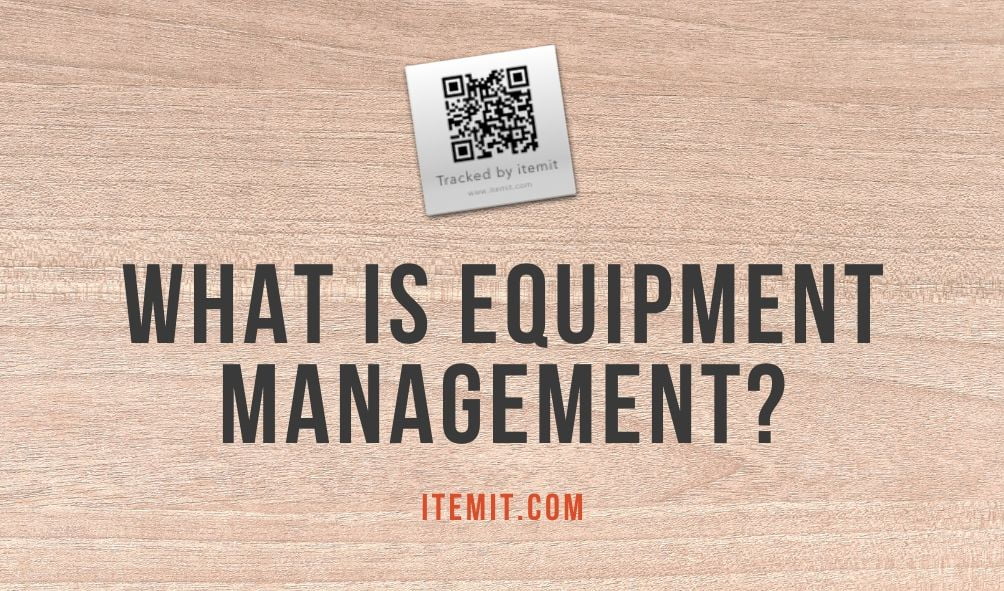
All businesses have different types of equipment that are critical for day-to-day operations. For example, if you’re in restoration and remediation, your equipment may include dehumidifiers. If you’re in the construction industry, it may include PPE and Restaurants need effective HVAC equipment.
No matter what your equipment, we all know it’s very important to track and manage it. You must ensure that everything is running smoothly, is economical, and any necessary maintenance is logged.
So, what is equipment management?
Simply put, it’s using a system to track, monitor, and manage your equipment. Equipment management is often taken care of by an asset tracking system or piece of software.
Using Asset Tracking Software for Equipment Management
One of the simplest ways to manage your equipment is with the use of asset tracking software.
Asset tracking software allows you to log and track your equipment by linking it to a unique digital profile. What this means is that each unique piece of equipment gets a unique online profile linked to it.
For example, if you’re tracking PPE, you can use a QR code asset tag to link each hardhat to a digital profile. Every scan of the asset tag will update the location of the hardhat and record which user has it.
The main benefit of using asset tracking software for equipment management is that you can create unique asset profiles, meaning that each individual asset has a viewable history that you can then use in reporting and auditing.
Equipment Management and Individual Profiles
Individual profiles are highly beneficial for one main reason: each asset has its own history, which can then inform better decision-making.
For example, if something is damaged and requires reactive maintenance, you’ll be able to look at the piece of equipment’s history to see how much reactive maintenance it has needed in the past. If it has required a lot, you’ll quickly know that it’s uneconomical to repair the asset, and it’s more economical to replace it.
You’ll also be able to add any amount of information against your assets. If you want to add financial information, such as how much you purchased a piece of equipment for, you can. In addition, you can add information such as warranties and user manuals. This means that every important and useful piece of information relating to an asset is safely stored in one place, which is accessible by you and your whole team. Using asset tracking software to manage your equipment will streamline your equipment management and maintenance processes.
Grouping your Assets
Of course, having one profile per piece of equipment is part of the bigger picture.
Equipment management isn’t just about monitoring each piece of equipment one by one. It’s helpful to be able to see how each piece of equipment moves and is used and manage them that way, but it’s also crucial to be able to see how your equipment is used and maintained in general.
The best asset tracking software will allow you to create customisable reports for audits. Whether these be audits for compliance, financial, maintenance, or insurance information, each unique asset profile comes together to create a full, transparent picture.
Being able to customise these reports means that you can see at a glance all the equipment in warehouse B that needs maintenance.
So, equipment management is tracking your equipment both individually and in bulk.
With itemit, you’ll be able to do all of this and more. If you want more accountability over your equipment, you can contact the team, or fill in the form below to start tracking.
Find Out More About Equipment Management
Start your free 14-day trial now
Instant access. No credit card details required.


0 Comments